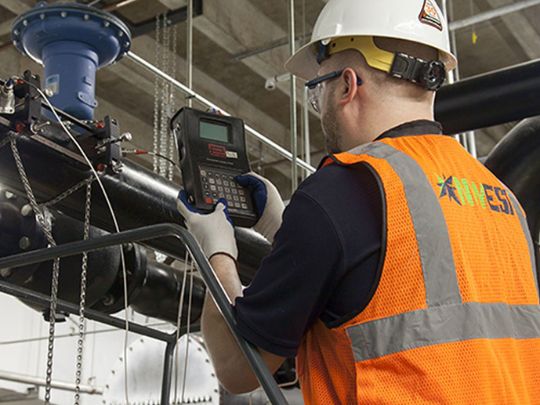testing adjusted balance due at maturity calculator
facilities for assisted living as well as acute care
Excel file for testing dampers that lists access requirements
Components of the photo log FSD and damper functions have been sorted.
testing adjusted balance quickbooks online
TESTING OF THE FIRE AND SMOKE DAMPER
The year 2003 marked the beginning of NorthWest Engineering Service Inc.'s work on FLS systems. Because of our extensive experience in Commissioning (Cx) and Testing, Adjusting, and Balancing (TAB), we are in a truly unique position to carry out audit surveys of HVAC systems, identify and functionally test all Fire Smoke Dampers, and offer documentation to meet the standards of the AHJ.
Facilities for both transition and rehabilitation purposes
Among the services we offer at HVAC TAB are HVAC system surveys.
Testing for sound and vibration in HVAC systems

facilities for assisted living as well as acute care
Excel file for testing dampers that lists access requirements
Components of the photo log FSD and damper functions have been sorted.
The majority of the work performed by the TAB consists of testing, measuring, and determining performance benchmarks. Among the most important examples of these operations are determining the air and hydronic volumetric flow rates, determining the level of heat transfer performance, and modifying the air exchange and ventilation rates.
Testing, Changing, and Balancing is an acronym that stands for Testing, Adjusting, and Balancing, and it refers to the process of monitoring and adjusting the flow of air and water to satisfy design criteria. The TAB process involves employing test instruments, sensors, and monitors to check suitable temperatures, airflow, and other parameters inside the HVAC system. This is done in order to complete the TAB process. In order to ensure that heating, ventilation, and air conditioning (HVAC) systems are optimized for occupant comfort, energy efficiency, indoor air quality, and manufacturing processes, testing, adjusting, and balancing is a crucial step for complex air and hydronic systems found within buildings and throughout campuses.
Building heating, ventilation, and air conditioning system drawings that document the positions of fire smoke dampers

Testing for FSD in the states of Oregon, Idaho, and Washington
In addition to enhancing environmental performance and occupant comfort, the TAB services we provide contribute to a reduction in operating expenses for your property. Our team has over six decades of expertise, which allows them to grasp even the most complicated HVAC building systems. They also use the most up-to-date techniques and technology in order to properly and efficiently balance the entire system.
The installation of fire and life safety (FLS) systems is an essential part of both new and existing building. Fire Smoke Dampers (often abbreviated as FSD) are among the most important of them. These devices are installed wherever a heating, ventilation, and air conditioning (HVAC) duct penetrates a fire-rated wall, ceiling, or floor. In the event of a fire, these devices should be able to stop flames and smoke from spreading through the HVAC ductwork, allowing occupants more time to evacuate the building and contributing to the reduction of the amount of damage caused by the fire. However, as buildings and systems age and as physical, mechanical, or electrical problems emerge, dampers can become inoperable. This leaves the duct as an open channel for fire and smoke in the event of a fire, and the facility runs the danger of being shut down owing to a lack of compliance. Verifying and documenting that essential FLS building systems perform as expected is accomplished through the process of testing and maintaining fire smoke dampers.
Testing, Adjusting, and Balancing (TAB) carried out across the entirety of the Pacific Northwest
Local authorities, in addition to national organizations such as the National Fire Protection Association (NFPA) and the International Code Council (ICC), are the ones responsible for defining the standards and norms that apply to FLS systems. The owners of the facilities are the ones who are responsible for testing their systems at the right intervals and ensuring that they have the proper paperwork to demonstrate that their systems are functional.
Fixing problems with the exhaust system

Authorities Having Jurisdiction (AHJ) at the federal, state, and municipal levels have expanded their FSD testing code enforcement efforts beyond the healthcare industry to include the following:
a list of corrections that can be implemented in the plan
Establishments devoted to education

Building Management System is used to control and monitor complex HVAC systems as per design intent. It is used to collect data about the performance of the building as well as energy consumption by individual equipment and systems.